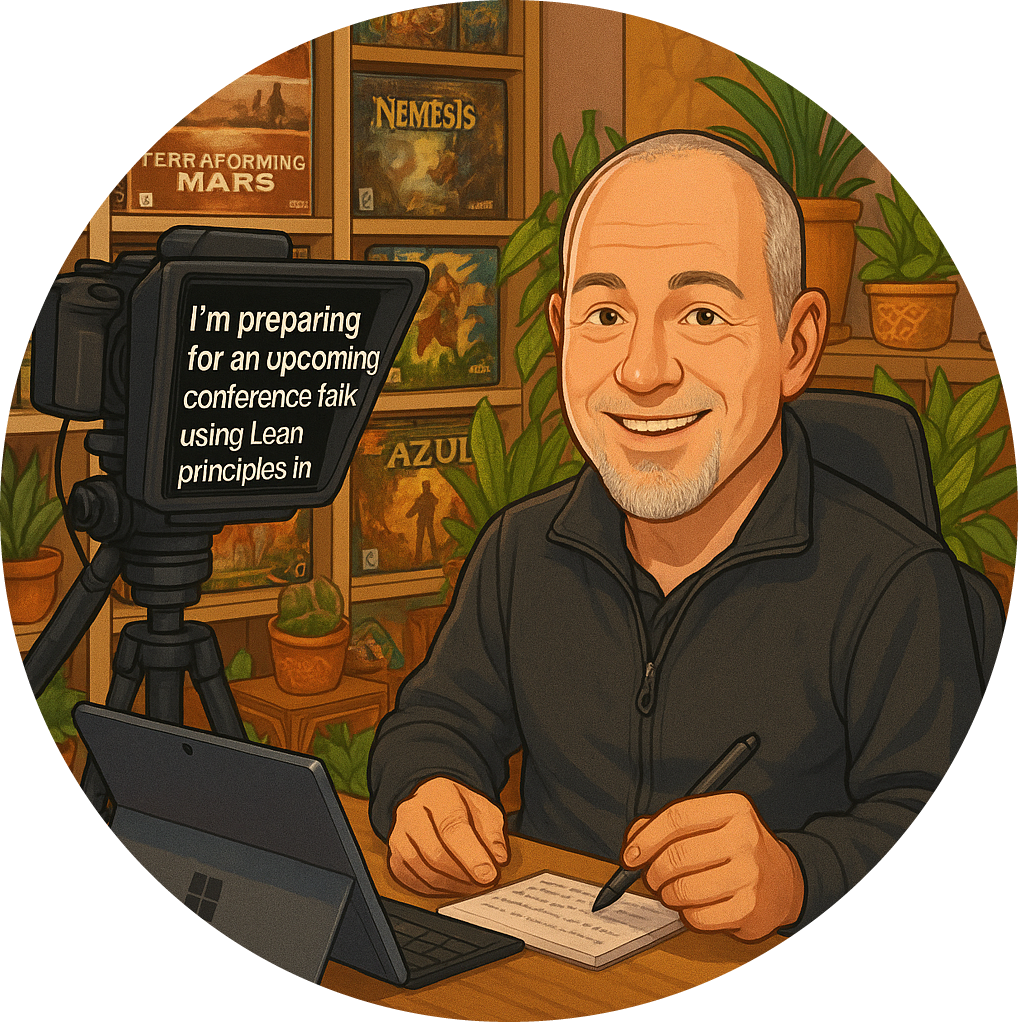I’ve often found myself reflecting on the dynamics within Agile teams, particularly when it comes to the role of the Product Owner . Have you ever worked with a Product Owner who seemed more like a project manager? You know the type—fixated on work breakdown structures, timelines, and Gantt charts. If you have, then you’ve likely encountered what I like to call an “agile bandit” Product Owner.
The Agile Bandit: A Disconnection from True Agility
When a Product Owner operates with a project management mindset, it can lead to a cascade of negative impacts on the team. Here’s why this is a problem:
Focus on Tasks Over Value: An agile bandit is primarily concerned with ticking off tasks rather than delivering value. They often lose sight of the bigger picture, which is to create a product that meets user needs and drives business outcomes.
Lack of Engagement: This type of Product Owner tends to be disconnected from the team. They may not engage in meaningful conversations about the work being done, which can lead to a lack of shared understanding and collaboration.
Empowerment Issues: A true Agile environment thrives on empowerment and autonomy. When a Product Owner is overly focused on control and task management, it stifles the team’s ability to innovate and adapt. The team becomes a collection of individuals rather than a cohesive unit working towards a common goal.
The Consequences of Agile Banditry
The implications of having an agile bandit in your midst can be profound:
Decreased Morale: Team members may feel undervalued and demotivated when their contributions are reduced to mere tasks on a list. This can lead to disengagement and a lack of enthusiasm for the work.
Ineffective Delivery: When the focus is on completing tasks rather than delivering value, the end product may not meet the needs of the users. This misalignment can result in wasted effort and resources.
Stunted Growth: Teams that are not encouraged to think critically and creatively will struggle to grow and improve. An agile bandit’s approach can hinder the team’s ability to learn from their experiences and adapt their processes.
How to Combat Agile Banditry
So, how do we address this issue? Here are a few strategies that I’ve found effective:
Encourage a Value-Driven Mindset: Shift the focus from tasks to outcomes. Engage the Product Owner in discussions about user needs and the value that the team is delivering. This can help realign their priorities.
Foster Collaboration: Create an environment where the Product Owner collaborates closely with the team. Regular check-ins and open communication can help bridge the gap and ensure everyone is on the same page.
Empower the Team: Encourage the team to take ownership of their work. This not only boosts morale but also fosters a sense of responsibility and pride in the product being developed.
Conclusion
In conclusion, encountering an agile bandit Product Owner can be a significant hurdle for any Agile team. However, by recognising the signs and implementing strategies to foster a more value-driven, collaborative environment, we can steer clear of the pitfalls of agile banditry. Let’s strive to create empowered teams that are focused on delivering real value, rather than just ticking boxes on a Gantt chart. After all, true agility is about connection, engagement, and empowerment—qualities that every Product Owner should embody.


























